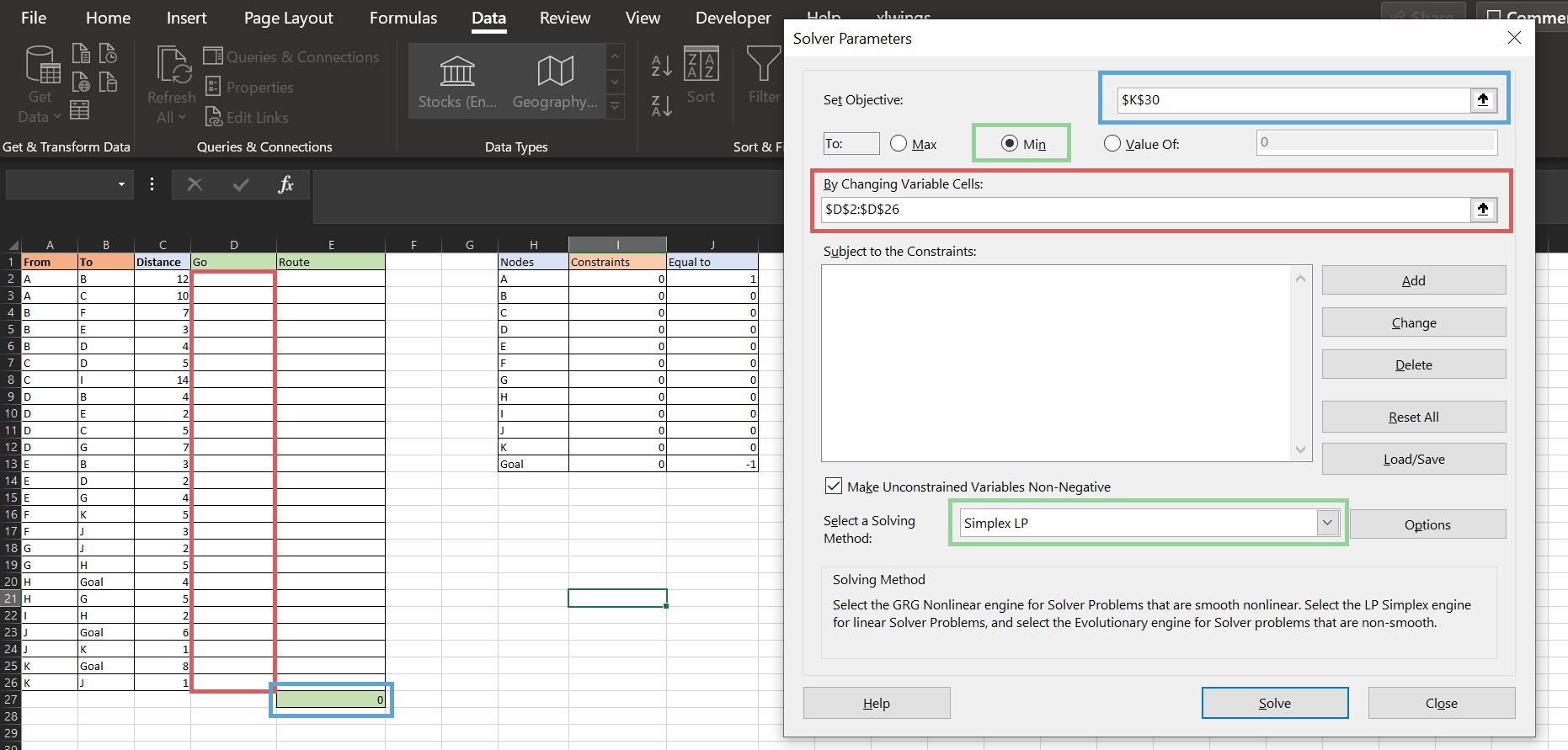

Agricultural activities, on the other hand, covers a large portion of the catchment and contributes significant amount to the overall load that reaches the lake. Furthermore, Hawassa city has been identified as a key pollutant load driver, owing to increased impacts from clearly identified point sources and stormwater pollutant flux from major outfalls. This station was located downstream of the two point sources and received flow from the upper streams where agricultural use is predominant. The estimated pollutant flux at each monitoring stations showed that the pollutant contribution from the point and nonpoint sources prevailing in the study area, where the maximum fluxes were observed at Tikur-Wuha sub-catchments. The integration of HEC-GeoHMS and SCS-CN with the catchment area enabled to determine stormwater pollution load of Hawassa City.

The formulas provided by Ethiopian Roads Authority and Gumbel’s theory of rainfall frequency analysis was employed to determine the 2-years return period rainfall depth for the City of Hawassa. This flow from SWAT model, measured flow during monitoring and pollutant concentrations were used in FLUX32 to estimate pollutant fluxes of main rivers and point sources in LHW. The flow simulated with soil and water assessment tool (SWAT) could be very well calibrated and validated with gauge data. Water, wastewater and stormwater samples were collected and analyzed at eight monitoring stations from rivers and point sources and six monitoring stations of stormwater samples. In this study, a combination of various models with monitoring data has been applied to determine the fluxes for Chemical Oxygen Demand (COD), Biochemical Oxygen Demand (BOD5), Total Dissolved Solid (TDS), Total Nitrogen (TN), Nitrate and Nitrite-nitrogen (NOx-N), Total Phosphorous (TP) and phosphate (PO4-P). Allocation and quantification of responsible pollutant fluxes are suffering from scarce data. Increasing pollutant emissions in the Lake Hawassa watershed (LHW) has led to a severe water quality deterioration.
Simplexlp solver excel how to#
In this article, the authors present proposals how to generate data comparatively easy, apply traditional MS Excel generation tools as well as tools of Goal Seek and Solver. It was found out that the data generation resulted in higher marks both in UCIS and many other study courses. Investigations were performed in the Red Cross Medical College of Rīga Stradiņš University (RCMC of RSU). The authors of the present article offer an acceptable solution – data associated with the health care patients are generated from the parameters of statistics of scientific publications. Their use is strictly regulated/ legislation. The data of the health care patients are of a special status. The UCIS work/study material can be associated with various branches, including health care. The inquiry results show evidence that an important role in the acquisition of UCIS has the work/study material – data. First of all, the authors inquired students in order to find out their attitude to the UCIS. The authors of the present article are investigating the influence of the data generation in the university courses of informatics and statistics (UCIS) on the acquisition of both the UCIS and other study courses in the health care specialities.


 0 kommentar(er)
0 kommentar(er)
